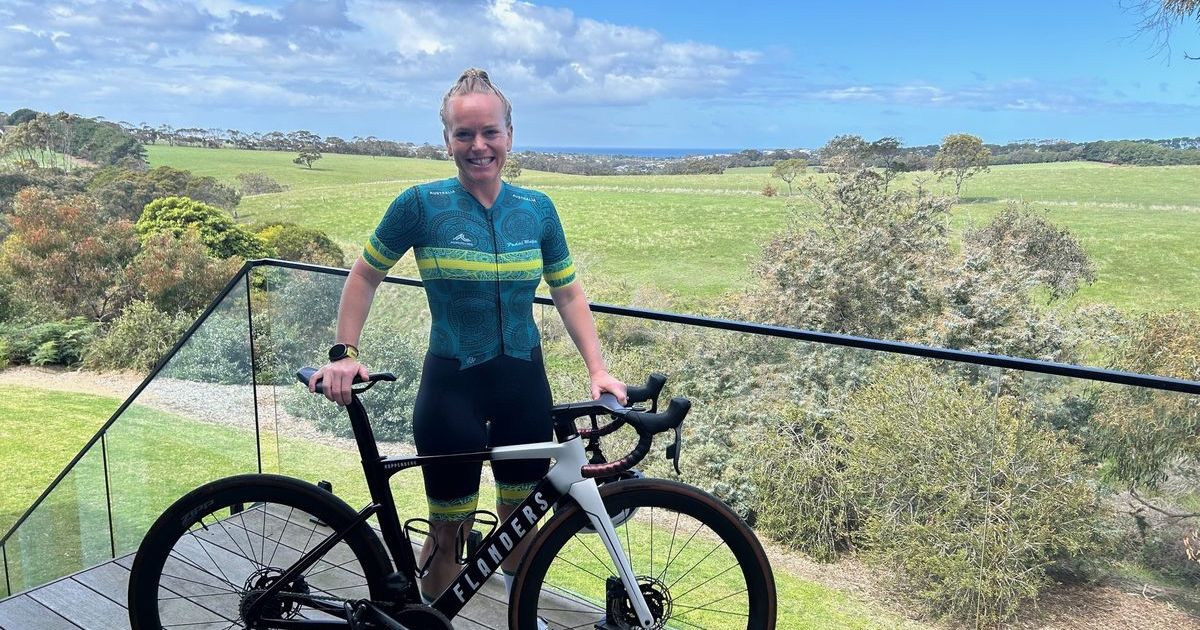IS YOUR ILL-FITTING BRA CAUSING PAIN?

I spend a lot of my day undoing and redoing bras so I can massage my client’s back. So I notice the holes in the material, the fraying edges, the hooks that are on the tightest yet the bra is falling off and the straps that won’t stay.
I do my best to tighten the straps and adjust the hooks to the appropriate level of support. And when women are continually having to raise their shoulders to hold bra straps on, it’s no wonder they are complaining of shoulder and neck pain.
When did you last buy a bra from a shop that had assistants to help fit a bra?
In an Australian study in 2012, 88 per cent of female adolescents wore a bra during sport that didn’t fit properly, while 85 per cent failed a simple knowledge test on bras and bra fit.
The idea of a bra should PAIN?
be to improve posture, and your performance, minimise breast bounce discomfort and embarrassment.
When we’re young, our skin is quite elastic and our breasts are quite well held by that skin (the pencil test), as we age our skin loses the elasticity and its ability to support our breasts reduces, our breasts start to sag and a more supportive bra is required.
The larger the breasts the more support they need, so that you don’t have to feel that you’re having to compensate for them and that a bra works effectively in keeping them comfortable and in control.
Even small breasts need to be supported too. They still move and pull on the surrounding tissues and structures. Can you imagine going for a run without a bra? Even with a bra, when running every heel strike is a boob bounce, so on average a 30 minutes jog equals 10,000 breast bounces!
Some women run with their arms tucked into their sides to reduce the bounce, which results in no arm swing while running. Ergonomically and biomechanically that is not good for your running technique, or your body’s functionality.
Osteopathically, ill-fitting bras can be a cause of forward head carriage, restricted breathing, abrasions, breast/shoulder/rib pain, poor posture, heads, neck stiffness, pins and needles in the arm and increased kyphosis (Dowager’s hump).
When the straps are too tight it places too much pressure on the upper trapezius muscles leading to the indents and shoulder pain.
Tight straps also transfer the weight to the shoulder blades, and hinders the muscles that help lift the shoulder blade up, these fatigue and can then cause back, shoulder and neck pain.
A well-fitted and supportive bra can alleviate up to 85 per cent of these symptoms, allowing women to exercise in greater comfort and possibly removing the need for breast reduction surgery.
Next time you need a new bra, Jill at Lilly Bliss in Ocean Grove is an expert in her field and will make you feel comfortable, while educating you on what you need.
Dr Erin Coffey is an osteopath at the Health Creation Centre in Ocean Grove.

















